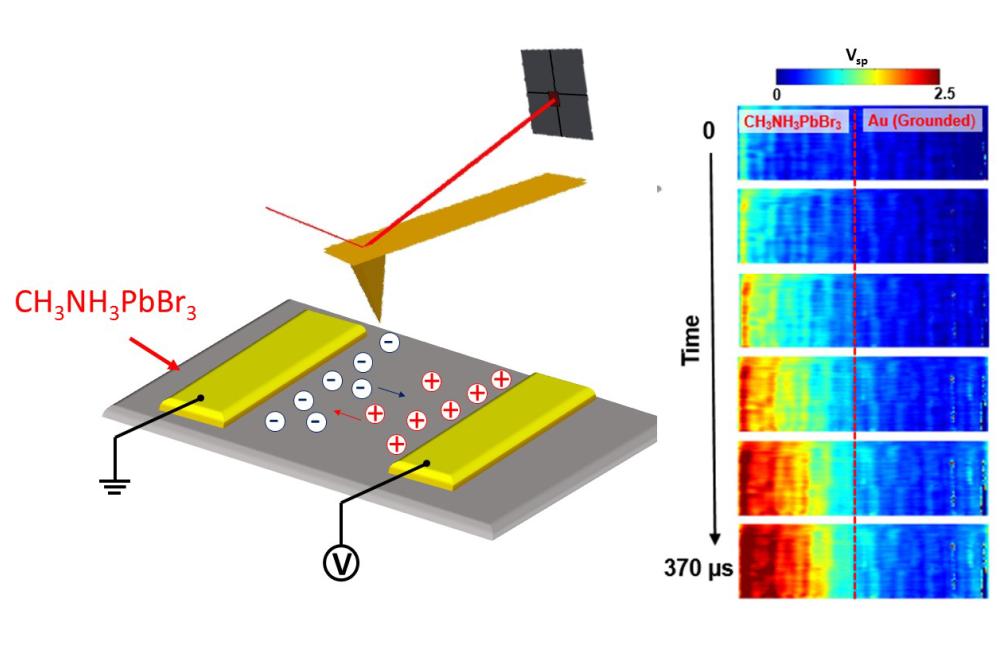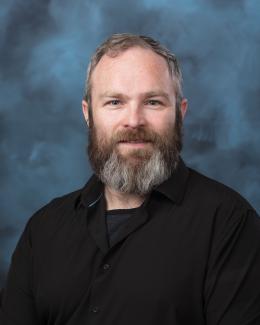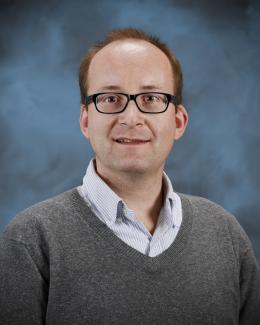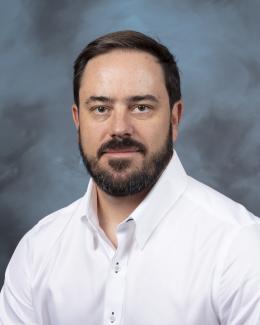October 5, 2017 – Oak Ridge National Laboratory scientists have developed a technique for making ultrafast measurements using atomic force microscopy, which previously could only investigate slow or static material structures and functions. In AFM, a rastering probe maps a material’s surface and captures physical and chemical properties. But the probe is slow to respond to what it detects. This temporal bottleneck inspired ORNL’s fast free force recovery technique, which uses advanced machine learning algorithms to analyze instantaneous tip motion to produce high-resolution images 3,500 times faster than standard AFM detection methods. “This new approach can probe fast processes, such as charge screening, ionic transport and electrochemical phenomena, which were previously inaccessible with traditional AFM,” said ORNL’s Liam Collins, first author of a publication describing the technique.
ORNL researchers demonstrated ultrafast mapping of surface voltage dynamics because of ion migration induced by an electric field in a perovskite solar-cell device. Credit: Liam Collins/Oak Ridge National Laboratory, U.S. Dept. of Energy





